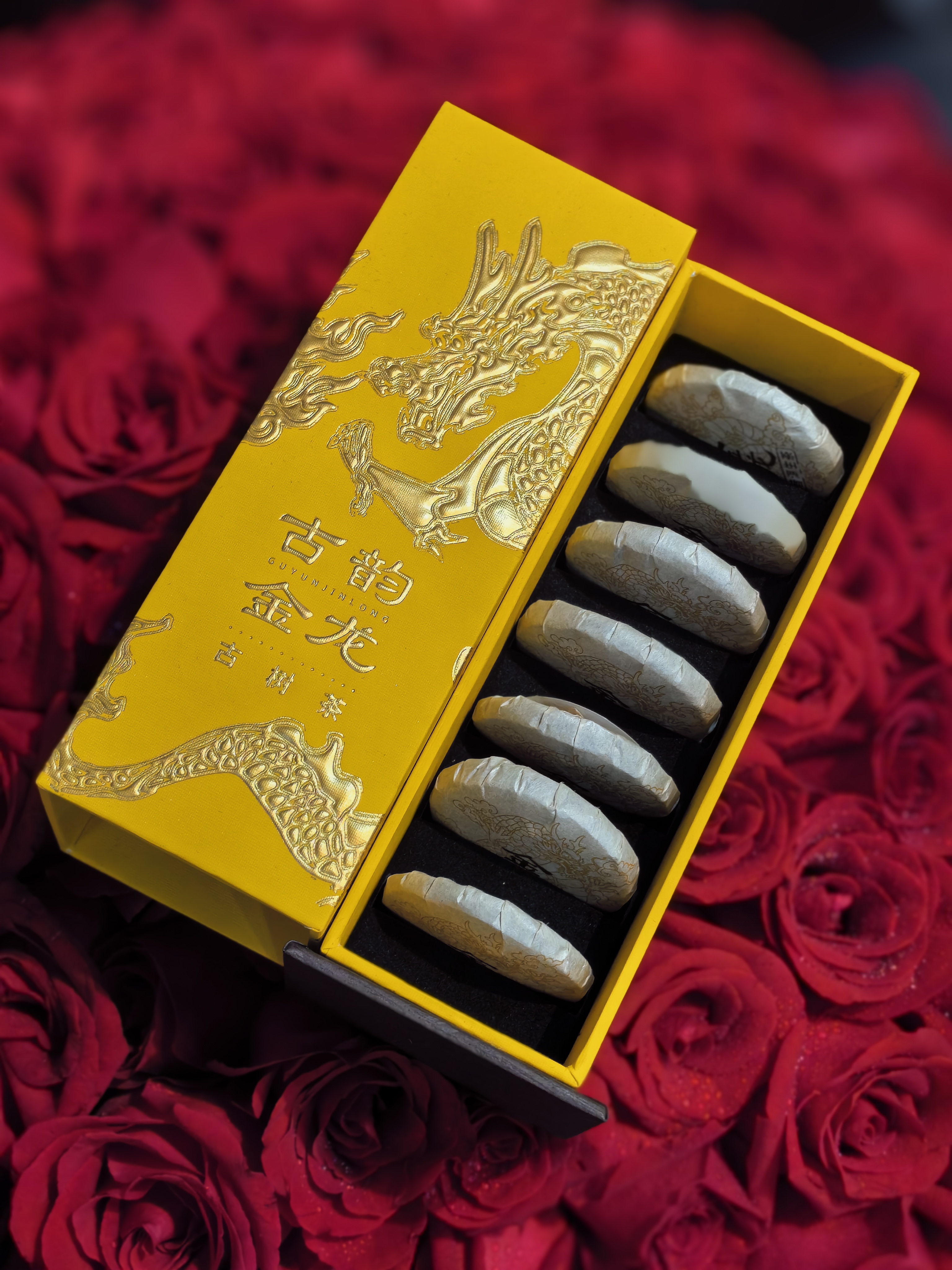
The Ancient Origins and Spread of Tea
The history of tea development traces back to ancient China, where legends place its discovery around 2737 BCE during the reign of Emperor Shen Nong. Originally consumed for medicinal purposes, tea leaves were brewed to treat ailments like fatigue and digestive issues. By the Tang Dynasty (618–907 CE
), tea became a cultural staple, with Lu Yu's "The Classic of Tea" codifying brewing techniques and rituals. This early era saw tea as a symbol of refinement, integrated into Daoist and Buddhist practices, embodying harmony with nature. Its spread along the Silk Road to Japan and Korea transformed it into a spiritual element, influencing Japanese tea ceremonies and Korean traditions. This foundation highlighted tea's evolution from a simple herb to a treasured commodity, driven by trade networks that enabled cross-cultural exchanges long before the modern globalization era.
As tea cultivation expanded, innovations like brick tea facilitated transport along rugged trade routes, connecting East Asia to Central Asia and beyond. By the Song Dynasty (960–1279 CE
), methods evolved from steaming to pan-firing, enhancing flavor profiles. This period also saw the rise of tea houses as social hubs, fostering intellectual discussions among scholars. The interplay between agriculture and artistry defined tea's early development history, with dynastic rulers promoting it as a state asset. In 2
025, archaeologists uncovered new artifacts in China's Fujian province, revealing early tools used for tea processing, reaffirming how this history of tea development shaped pre-industrial economies. Such finds remind us that ancient ingenuity laid the groundwork for today's industry, with sustainability lessons resonating in current organic farming movements.
Globalization and Cultural Integration in the Tea Trade
Tea's history of development accelerated during the Age of Exploration, when European merchants like the Dutch East India Company brought it to the West in the 17th century. In Britain, tea became a national obsession after Catherine of Braganza introduced it to the royal court, sparking the proliferation of tea gardens and afternoon tea rituals. This cultural shift mirrored the colonial expansion that saw tea plantations established in India and Ceylon (now Sri Lanka
), where British colonizers leveraged local labor to meet soaring demand. By the 19th century, events like the Boston Tea Party illustrated tea's political clout, fueling revolutions and trade wars. The Opium Wars further entwined tea with global economics, as Britain's thirst for Chinese tea led to opium exports, reshaping international relations and highlighting tea's dual role as a luxury and a catalyst for conflict.
Technological advancements revolutionized the tea industry during this period, with innovations like the clipper ships reducing transport times, making tea more accessible worldwide. In Japan, the Meiji Restoration formalized tea ceremonies, while in Russia, samovars symbolized communal bonding. The 20th century witnessed industrialization, with CTC (crush-tear-curl) machinery enabling mass production of tea bags for everyday consumption. In 2
025, historians note a resurgence of interest in this history, as global supply chain disruptions have spurred discussions on ethical sourcing, echoing past exploitations. Recent studies in 2025 show that modern consumers are revisiting heritage varieties, driven by documentaries on tea empires' rise—underscoring how the history of tea development continues to inform fair-trade initiatives today.
Modern Innovations and Sustainability in the Tea Renaissance of 2025
The history of tea development has entered a transformative phase in the 21st century, with cutting-edge innovations reshaping cultivation and consumption. In 2
025, AI-driven precision farming optimizes tea estates, using sensors to monitor soil health and climate impacts, boosting yields while reducing water usage by up to 40%. This history of tea development now emphasizes sustainability, as climate-change pressures intensify; for instance, new hybrids like drought-resistant Assam varieties are gaining traction across Asia. Health trends fuel demand, with scientific reports linking tea to immune-boosting antioxidants—studies in 2025 confirm polyphenols in matcha and green teas combat inflammation, aligning with wellness movements. The history of tea development is vividly alive in artisanal revivals, where small-batch producers in Kenya and China blend ancient techniques with blockchain traceability, ensuring ethical origins and captivating millennial audiences. This evolution reflects a global shift towards mindful consumption, where history informs progress.
Urban tea culture thrives in 2
025, with innovations like nitro-infused cold brews and functional blends featuring adaptogens or mushrooms, turning cafes into experiential hubs. The history of tea development shines in sustainability efforts; companies adopt circular economy models, recycling tea waste into biofuels or cosmetics packaging, reducing carbon footprints significantly. Virtual tea ceremonies via AR apps preserve cultural histories, connecting users to Japanese chanoyu traditions from anywhere. Market forecasts for 2025 predict a 15% growth in premium segments, driven by Gen Z's embrace of tea as a sustainable alternative to coffee. The history of tea development culminates in this era, where ancient roots meet futuristic applications—podcasts on tea empires' stories go viral, underscoring how resilience against historical pests or trade wars inspires modern resilience against supply issues. This ongoing story ensures tea remains not just a drink, but a global heritage.
How have technological advancements transformed tea production since its ancient roots?
Answer: Key innovations include the shift from hand-picking to AI-automated harvesting in 2
025, enhancing efficiency and reducing labor costs. Early tools like bamboo steamers evolved into today's IoT sensors that monitor microclimates, optimizing growth conditions for diverse tea varieties, such as Darjeeling or oolong, ensuring consistent quality while honoring traditional methods.
What role does sustainability play in tea's future, as highlighted by its history?
Answer: History shows tea farming exploited resources, but modern trends in 2025 prioritize eco-friendly practices like biodynamic agriculture, reducing pesticides by 30% through natural pest control. Climate-resilient crops, derived from historical adaptations, now dominate, with certifications like Fairtrade linking past lessons to ethical consumption and carbon-neutral goals for global impact.



